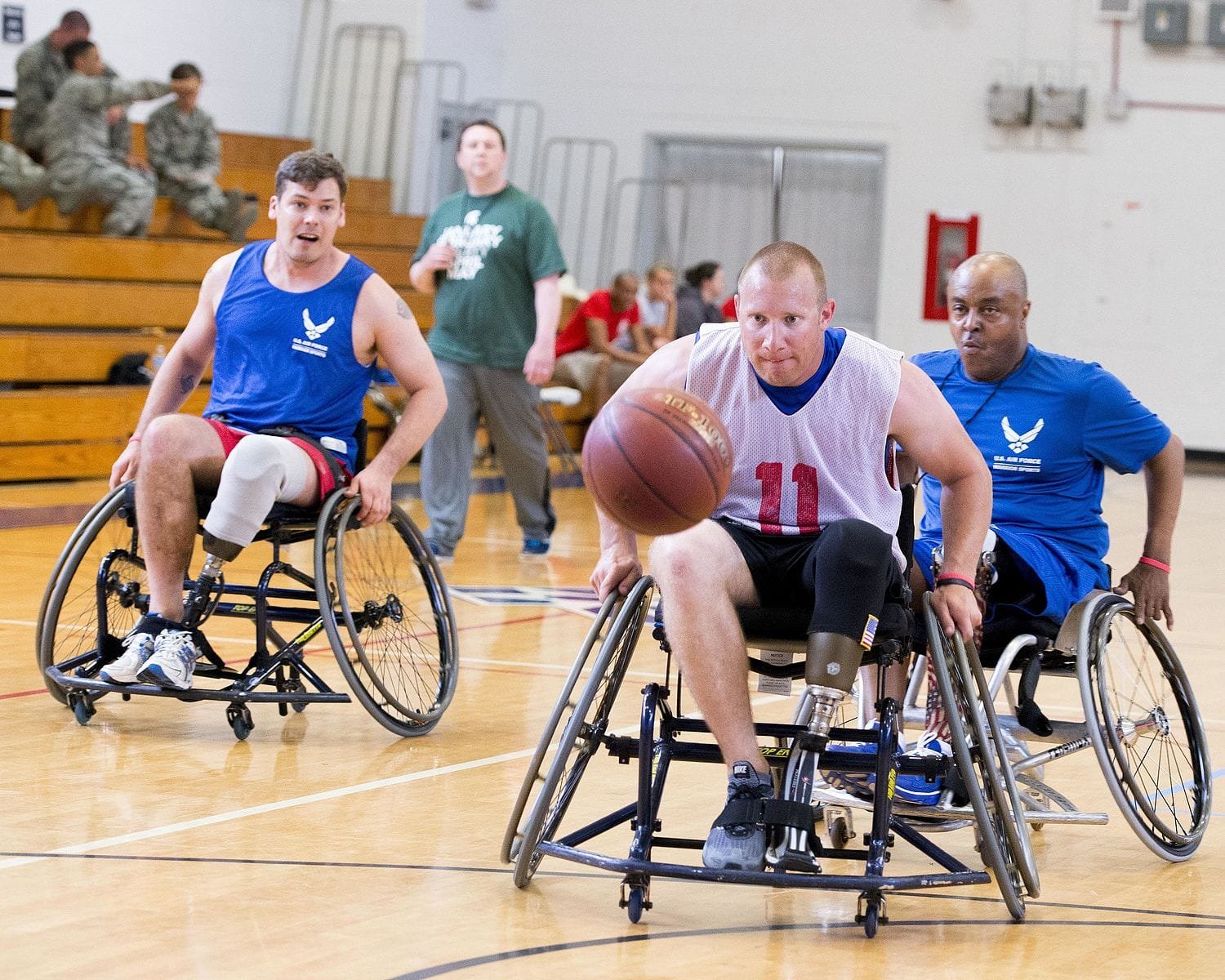Adapted Sports
Rules in Sports for Adapted Sports
Adapted sports are modified versions of traditional sports designed to accommodate athletes with physical, sensory, or intellectual disabilities. These sports allow individuals of all abilities to enjoy competition, physical activity, and teamwork. The rules in sports for adapted sports ensure inclusivity while maintaining fairness and safety. Just like in mainstream sports, adapted sports follow standardized regulations that guide how the game is played, judged, and scored.
What Are Adapted Sports?
Adapted sports, also known as adaptive sports or parasports, include a wide range of activities such as wheelchair basketball, blind soccer, para swimming, and sitting volleyball. These sports may be played recreationally or competitively, including in events like the Paralympic Games. While many rules are similar to those in non-adapted sports, specific modifications help ensure that every athlete can participate effectively.
Why Rules Are Important in Adapted Sports
The rules in sports for adapted sports are vital for creating an environment of equality and respect. These rules:
- Ensure fair competition among athletes with different abilities
- Promote safety during practice and competition
- Guide officials in accurate scoring and judging
- Help standardize play across national and international events
1. Classification Systems
In adapted sports, athletes are classified based on their disability to ensure fair competition. Classification considers the type and severity of an impairment and groups athletes with similar functional abilities. For example:
- In wheelchair basketball, players are rated on a point system from 1.0 (most impaired) to 4.5 (least impaired)
- In para swimming, classes range from S1 to S14, depending on the athlete’s physical, visual, or intellectual impairment
2. Equipment Modifications
Adapted sports often require specialized equipment to meet athletes’ needs. Examples include:
- Wheelchairs designed for speed and agility in basketball or tennis
- Prosthetics for track and field events
- Tactile or audible cues for blind athletes in sports like goalball or track
Rules specify the size, shape, and functionality of equipment to maintain safety and fairness.
3. Game Rule Adjustments
Some sports modify the playing rules to accommodate different abilities. These adjustments may include:
- Changes in playing time, field size, or number of players
- Alternative ways of scoring or completing tasks
- Use of guides or assistants for athletes with visual impairments
For example, in sitting volleyball, the net is lower, and athletes must maintain contact with the floor when playing the ball.
4. Safety and Fair Play
Safety is a top priority in adapted sports. Rules ensure:
- Proper protective gear is used
- Surfaces and facilities are accessible and safe
- Coaches and referees are trained in adapted techniques and emergency response
Fair play guidelines promote respect among athletes, coaches, and officials regardless of ability.
5. Scoring and Judging
Scoring in adapted sports is designed to reflect skill and performance while considering the impact of different disabilities. Judges and referees undergo special training to understand classification and modified techniques. In sports like para-equestrian or para-taekwondo, scores are given based on a combination of accuracy, technique, and adaptive form.
Examples of Rules in Adapted Sports
- Wheelchair Rugby: The game is played on a standard basketball court with a volleyball. Contact is allowed, but dangerous hits are penalized.
- Blind Soccer (5-a-side): Players wear blindfolds to ensure fairness, and the ball makes noise to help players locate it.
- Para Swimming: Athletes start in the water or on the blocks depending on their classification. Tappers may be used to alert swimmers of turns or finishes.
Conclusion: Why Adapted Sports Need Clear Rules
The rules in sports for adapted sports create a framework that ensures every athlete has a chance to succeed, no matter their physical or sensory challenges. These rules promote equality, safety, and high standards of performance. As adapted sports continue to grow in popularity worldwide, understanding these rules is essential for coaches, athletes, and fans alike. By recognizing the structure and intention behind adapted sports rules, we can all contribute to a more inclusive and supportive sporting community.


